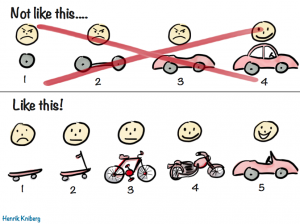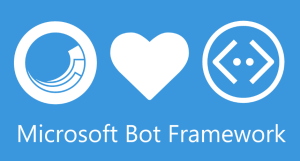
Blockchain!!!
If you’ve read the news Blockchains are going to be everywhere, revolutionizing all industries as they go along.
But what is it really?
A blockchain is essentially an immutable distributed database. This database is shared but all parties on the network, each having their own copy, and each able to inspect it. All participants can add data and query the database, but none can change its previous state (like delete a previous entry). In our view its better to visualise it as a distributed ledger, say a land registry, rather than database.
Immuatibility
This basically means that once some data has been added to the block chain it can never be removed. carrying on with the land registry, example, one can’t erase a record, even if its an error. A new entry has to be added that updates the previous entry.
There are lots of resources on the web that go into great detail explaining how the immutability is achieved, but at a high level the participants of the network enable this. For any one participant to alter the chain, it needs to convince at least 50% of the other participants to accept its version of the chain.
Bitcoin
Blockchain became popular with the size of Bitcoin, where the concept of an immutable distributed ledger enables Bitcoin to function without any central authority.
This early implementation of blockchain can be referred to as blockchain 1.0. What has got everyone really excited is Blockchain 2.0, which introduces the concept of smart contract. A smart contract is essentially computer code that is compiled and stored on the block chain. Users can then updated its data (variables) when interacting with it. Since the Blockchain ensures immutability, we can be assured that no one will alter the code or values (without leaving a paper tail).
Using this concept we can code up real world contracts between one or more parties in code, that can mimic, say what happens in a supply chain. In a traditional supply chain we have a long list of suppliers and consumers, e.g. iron ore manufacturer -> Iron manufacturer -> steel sheet maker -> automobile body builder and so on. This leads to inefficiencies as currently tracking the goods and the amounts owing would be maintained by each party in generally their own supply chain and billing management system. There is also no one version of the truth, and when things don’t match manual reconciliation needs to take place.
Using smart conracts all participants, from the iron ore producer to the car manufacturer can enter into a smart contract, that tracks the good from the point of origin to the eventual destination. Along with it ti can also tract and trigger payments (via a virtual crypto currency like Bitcoin) automatically at the agreed times.
But it’s not all rosy. There are still many issues to be solved. If you read the news recently, ehterum (a public Blockchain 2.0 provider) was hacked, due to known bug in the execution engine that the smart contract programmer had not handled correctly. This led to millions of dollars of funds vanishing. This is something that the industry will be watching very closely.
Also there are real use cases when the contract needs to obtain information from an off chain system, e.g. a stock ticker, or a time provider, to execute some transaction. Microsoft recently announced Project Bletchley, which is touted as Blockchain 3.0. This seems to offer an answer to this problem by provided a secure way for Blockchain to interact with off chain system.
The ASX recently announced that they are experimenting with Blockchains as a means for faster stock trading reconciliations. It’s still early days yet but advancements in Blockchain could really change the way we do business especially in the financial sector.
World peace, well that may have to wait till 4.0




